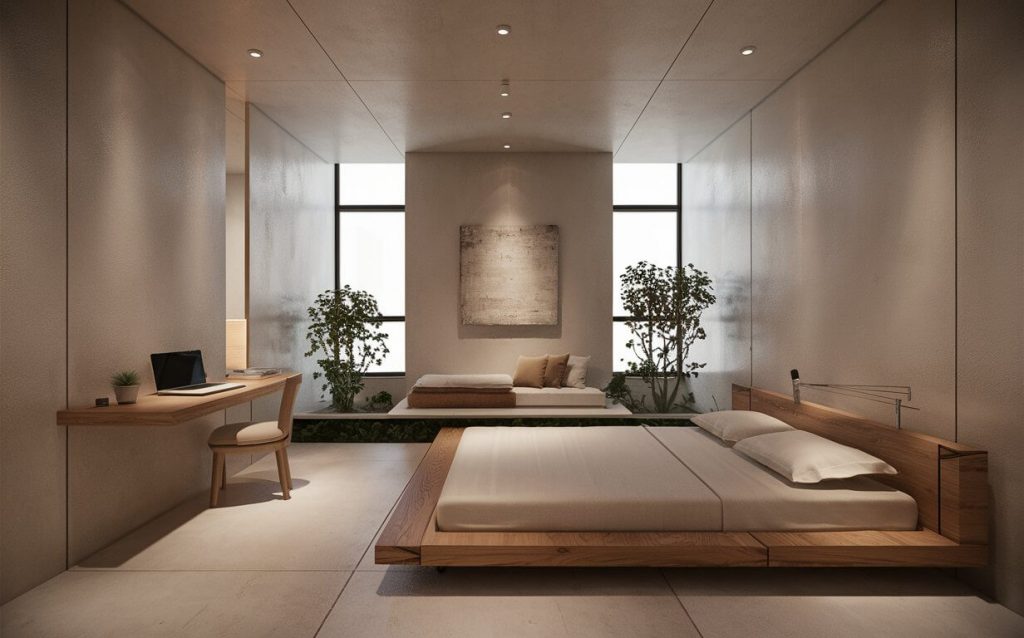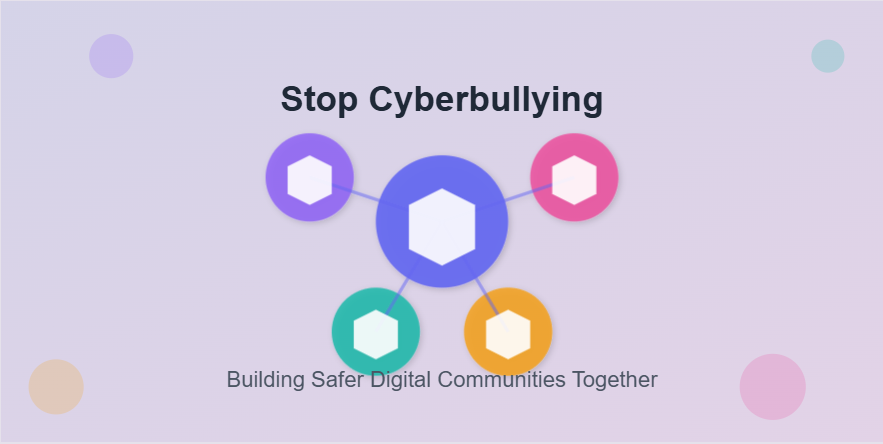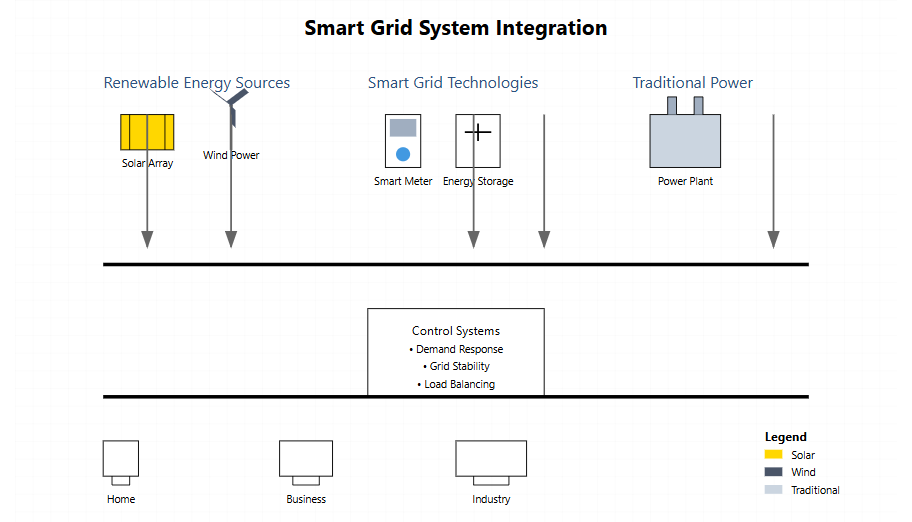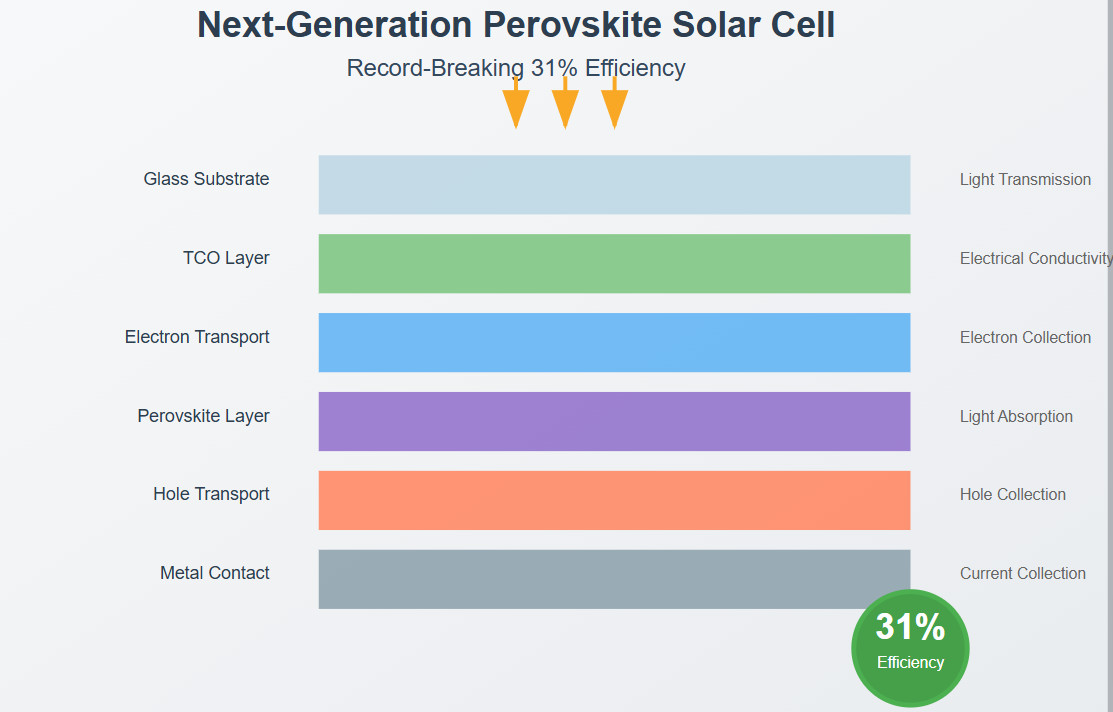In a world that never stops, where notifications ping incessantly and our living spaces overflow with stuff, it’s no wonder many of us feel overwhelmed. Enter the minimalist lifestyle – a breath of fresh air in our cluttered existence. But what exactly is minimalism, and why has it captivated so many young professionals and urban dwellers?
Minimalism isn’t just about owning fewer things; it’s a mindset that encourages us to focus on what truly matters. It’s about creating space – both physical and mental – to live more intentionally. Whether you’re a busy professional trying to juggle career and personal life, or someone living in a shoebox apartment in the heart of the city, minimalism offers a path to simplify and enrich your life.
Let’s explore the ins and outs of the minimalist lifestyle trend. We’ll debunk common myths, dive into its benefits, and provide practical tips to help you embrace minimalism in various aspects of your life. So, if you’re ready to declutter your space and your mind, let’s embark on this journey towards a simpler, more fulfilling life.
Table of contents
What is Minimalism?
The Philosophy Behind Minimalism
At its core, minimalism is about intentionality. It’s not about living with nothing – it’s about living with purpose. Joshua Fields Millburn, one half of The Minimalists duo, puts it beautifully: “Minimalism is a tool to rid yourself of life’s excess in favor of focusing on what’s important—so you can find happiness, fulfillment, and freedom.”
Minimalism encourages us to question our relationship with material possessions and consumption. It challenges the notion that more is always better, inviting us instead to consider what truly adds value to our lives. This philosophy extends beyond just physical possessions to how we spend our time, energy, and attention.
Historical Context and Evolution
While minimalism might seem like a modern trend, its roots run deep. The concept has ties to various philosophical and spiritual traditions, from Zen Buddhism to Stoicism. These ancient practices emphasized simplicity and detachment from material possessions as a path to enlightenment or inner peace.
In the art world, minimalism emerged as a movement in the 1960s, characterized by extreme simplicity of form. This aesthetic minimalism gradually influenced architecture and design, paving the way for the lifestyle movement we see today.
The modern minimalist lifestyle trend gained significant traction in the late 2000s and early 2010s, partly as a reaction to the excesses of consumer culture and partly due to economic factors like the 2008 financial crisis. Blogs, books, and documentaries about minimalism began to proliferate, reaching a crescendo with the popularity of Marie Kondo’s “The Life-Changing Magic of Tidying Up” in 2014.
Common Misconceptions
Despite its growing popularity, minimalism is often misunderstood. Let’s clear up some common myths:
1. Minimalism means living with almost nothing: While some minimalists do embrace extreme downsizing, minimalism is ultimately about keeping what adds value to your life – which can vary greatly from person to person.
2. Minimalism is all about aesthetics: While minimalist design is a thing, lifestyle minimalism isn’t about achieving a specific look. It’s about functionality and intentionality.
3. Minimalism is only for privileged people: While it’s true that some aspects of minimalism (like buying higher quality items) can require upfront investment, the core principles of minimalism can be applied by anyone, regardless of income level.
4. Minimalists don’t enjoy material things: Minimalists can absolutely enjoy and appreciate material possessions. The key is being mindful about what you bring into your life and why.Understanding these nuances helps us approach minimalism not as a rigid set of rules, but as a flexible framework for creating a more intentional life.
Benefits of Embracing a Minimalist Lifestyle
Mental and Emotional Well-being
One of the most significant benefits of minimalism is its positive impact on mental health. A study published in the Journal of Environmental Psychology found that clutter in the home was linked to increased levels of cortisol, the stress hormone. By reducing physical clutter, minimalism can lead to:
– Reduced stress and anxiety
– Improved focus and clarity of thought
– Enhanced sense of control over one’s environment
– Better sleep quality
Moreover, by encouraging us to focus on experiences rather than things, minimalism can lead to greater overall life satisfaction. As Dr. Thomas Gilovich, a psychology professor at Cornell University, notes, “We buy things to make us happy, and we succeed. But only for a while. New things are exciting to us at first, but then we adapt to them.”
Financial Freedom
Adopting a minimalist lifestyle can have a profound impact on your finances. By consciously reducing unnecessary purchases and focusing on what truly matters, many minimalists find themselves:
– Spending less on impulse buys
– Saving more for important goals
– Reducing debt
– Having more resources for experiences and personal growth
A survey by The Minimalists found that 80% of people who embraced minimalism reported an improvement in their financial situation. This financial breathing room can lead to reduced stress and increased freedom to pursue passions or career changes.

Environmental Impact
In an era of climate crisis, the environmental benefits of minimalism cannot be overstated. By consuming less, minimalists:
– Reduce their carbon footprint
– Generate less waste
– Support more sustainable production practices
According to the Global Footprint Network, if everyone lived like the average American, we would need 5 Earths to sustain our resource consumption. Minimalism offers a path to more sustainable living without sacrificing quality of life.
Improved Productivity and Focus
In our hyper-connected world, distractions are everywhere. Minimalism can be a powerful tool for reclaiming our attention and boosting productivity. By decluttering our physical and digital spaces, we create an environment conducive to deep work and creativity.
Cal Newport, author of “Digital Minimalism,” argues that by being more intentional about our technology use, we can “rediscover the pleasures of the offline world and regain control of our tech habits.” This can lead to improved work performance, more meaningful relationships, and a greater sense of fulfillment in our daily lives.
Getting Started with Minimalism
Assessing Your Current Lifestyle
The journey to minimalism begins with self-reflection. Take some time to consider:
– What aspects of your life feel cluttered or overwhelming?
– What possessions, commitments, or habits truly add value to your life?
– What are your priorities and long-term goals?
This assessment will help you identify areas where minimalism could have the most impact. Remember, there’s no one-size-fits-all approach to minimalism. Your version should align with your unique needs and values.
Setting Realistic Goals
As with any lifestyle change, it’s important to set realistic, achievable goals. Start small to build momentum and avoid feeling overwhelmed. Some initial goals might include:
– Decluttering one room or area of your home
– Reducing your wardrobe by 20%
– Implementing a “one in, one out” rule for new purchases
– Doing a digital declutter of your phone or computer
As you progress, you can set more ambitious goals. The key is to make consistent, sustainable changes rather than drastic overhauls that might be difficult to maintain.
The KonMari Method and Other Decluttering Techniques
Several popular methods can help guide your minimalism journey. The KonMari Method, developed by Marie Kondo, encourages keeping only items that “spark joy.” This approach involves:
1. Tidying by category, not location
2. Starting with clothes, then books, papers, komono (miscellaneous items), and finally sentimental items
3. Asking yourself if each item sparks joy
Other techniques include:
– The 90/90 Rule: If you haven’t used an item in the last 90 days and don’t plan to use it in the next 90, consider getting rid of it.
– The Four-Box Method: Sort items into four boxes labeled Keep, Donate, Trash, and Relocate.
– The Minimalism Game: Remove one item on day one, two on day two, and so on for a month.Experiment with different methods to find what works best for you. The goal is to develop a sustainable approach to minimalism that feels authentic and manageable.
Minimalism in Different Areas of Life
Minimalist Home Design
Your living space has a profound impact on your well-being. A minimalist home isn’t about stark, empty rooms – it’s about creating a peaceful, functional environment that supports your lifestyle.
Small Space Living Solutions
For urban dwellers grappling with limited square footage, minimalist design principles can be a game-changer. Consider:
– Multi-functional furniture: Think ottoman storage or a Murphy bed
– Vertical storage: Utilize wall space with floating shelves or tall bookcases
– Clever organization: Use drawer dividers, under-bed storage, and over-door organizers
According to a survey by the National Association of Home Builders, 60% of millennials prefer smaller homes for their efficiency and lower maintenance. Embracing minimalism can help you make the most of your compact living space.
Decluttering Strategies
Start your home decluttering journey with these steps:
1. Begin with visible areas: Tackle countertops, tables, and floors first for an immediate sense of progress
2. Use the “one in, one out” rule: For every new item you bring in, remove one
3. Create a donation box: Keep it in a visible spot as a constant reminder to declutter
4. Digitize documents: Scan important papers and shred the originals to free up space
Remember, the goal isn’t to create a showroom-perfect home, but a space that feels calm and supports your daily life.
Minimalist Wardrobe
Capsule Wardrobe Concept
A capsule wardrobe is a curated collection of versatile, high-quality pieces that can be mixed and matched to create numerous outfits. Benefits include:
– Less decision fatigue when getting dressed- More wardrobe versatility with fewer pieces
– Reduced clothing expenses over time
– Less laundry and easier closet organization
To create a capsule wardrobe:
1. Define your personal style
2. Choose a color palette
3. Select versatile, high-quality pieces
4. Aim for about 30-40 items per season
Quality Over Quantity
Investing in fewer, higher-quality items can actually save money in the long run. Look for:
– Well-constructed garments with quality stitching
– Natural, durable fabrics like cotton, wool, and linen
– Timeless styles that won’t quickly go out of fashion
A study by the Ellen MacArthur Foundation found that the average number of times a garment is worn has decreased by 36% in the last 15 years. By choosing quality pieces you truly love, you’ll likely wear them more often and keep them longer.
Digital Minimalism
In our hyper-connected world, digital clutter can be just as overwhelming as physical clutter.
Managing Screen Time
Excessive screen time has been linked to increased stress, poor sleep, and reduced productivity. To practice digital minimalism:
– Use app blockers or screen time tracking tools
– Implement “tech-free” times or zones in your home
– Turn off non-essential notifications
– Practice the “20-20-20 rule”: Every 20 minutes, look at something 20 feet away for 20 seconds
Decluttering Digital Spaces
Just as physical clutter can overwhelm us, so can digital clutter. Try these strategies:
– Unsubscribe from unnecessary email lists
– Organize your digital files and delete what you don’t need- Curate your social media feeds to focus on accounts that add value
– Regularly clear your browser bookmarks and app downloadsA survey by Rescue
Time found that people spend an average of 3 hours and 15 minutes on their phones daily. By decluttering your digital life, you can reclaim some of this time for more meaningful activities.

Overcoming Challenges in Adopting Minimalism
Dealing with Sentimental Items
Sentimental items often pose the biggest challenge when decluttering. Here are some strategies:
– Take photos of sentimental items before letting them go
– Keep a small “memory box” for truly irreplaceable items- Consider passing heirlooms to family members who will use and appreciate them
– Remember that memories reside in you, not in objects
Navigating Relationships and Social Pressure
Adopting minimalism can sometimes create friction with friends or family who don’t share the same values. To navigate this:-
Communicate your reasons for embracing minimalism
– Lead by example rather than trying to convert others
– Find a community of like-minded individuals for support
– Be prepared to politely decline gifts or explain your preferences
Maintaining a Minimalist Lifestyle Long-term
Sustaining a minimalist lifestyle requires ongoing effort. Some tips:
– Regularly reassess your possessions and commitments
– Practice mindful consumption by questioning purchases
– Focus on experiences rather than material goods
– Remember your “why” – the reasons you chose minimalism
According to a study in the Journal of Consumer Research, people who focus on experiences rather than material possessions report greater happiness and life satisfaction.
The Future of Minimalism
Emerging Trends in Minimalist Living
As minimalism evolves, we’re seeing new trends emerge:
– Co-living spaces that promote shared resources and community
– Minimalist travel, focusing on experiences over souvenirs
– “Slow fashion” movements championing sustainable, ethical clothing choices
– Digital detox retreats and tech-free zones in homes and workplaces
Minimalism and Sustainability
Minimalism and environmental consciousness often go hand in hand. Future trends may include:
– Increased focus on repairing and upcycling items
– Growth of the sharing economy and rental services
– More emphasis on locally sourced, sustainable products
– Integration of minimalist principles in urban planning and architecture
The Role of Technology in Minimalist Lifestyles
While minimalism often involves reducing tech dependence, technology can also support minimalist lifestyles:
– Apps for tracking spending and encouraging mindful consumption
– Virtual reality experiences reducing the need for physical travel or possessions
– Smart home technology optimizing energy use and reducing waste
– AI assistants helping to streamline daily tasks and decision-making
As we look to the future, minimalism is likely to continue evolving, offering new ways to simplify our lives and focus on what truly matters.
Conclusion:
As we’ve explored throughout this article, the minimalist lifestyle trend is far more than just a passing fad. It’s a powerful approach to living that can transform various aspects of our lives – from our mental well-being and finances to our environmental impact and productivity.
By embracing minimalism, we’re not depriving ourselves, but rather making room for what truly matters. We’re choosing to live with intention, to value experiences over possessions, and to focus our time and energy on what brings us genuine joy and fulfillment.
Remember, minimalism isn’t about achieving perfection or adhering to strict rules. It’s a personal journey that looks different for everyone. Whether you’re a young professional trying to find balance in a hectic world, an urban dweller maximizing a small living space, or someone simply seeking a more meaningful and sustainable lifestyle, minimalism offers valuable tools and perspectives.
As you embark on your minimalist journey, start small. Choose one area of your life to simplify. Maybe it’s your wardrobe, your digital habits, or your home décor. Take it step by step, and be patient with yourself. The goal isn’t to transform your life overnight, but to gradually shift towards a more intentional way of living.
In a world that constantly pushes us to want more, do more, and be more, minimalism reminds us of a profound truth: sometimes, less really is more. By simplifying our external environment and internal commitments, we create space for personal growth, deeper relationships, and a life aligned with our values.
So, are you ready to embrace the minimalist lifestyle? The journey towards a simpler, more fulfilling life begins with a single step. Why not take that step today?
References:
2. Global Footprint Network. (2021). Ecological Footprint.
4. Newport, C. (2019). Digital Minimalism: Choosing a Focused Life in a Noisy World. Portfolio.
5. The Minimalists. (2021). About The Minimalists.
7. Ellen MacArthur Foundation. (2017). A New Textiles Economy: Redesigning Fashion’s Future.










